
Exciting new series on “Voice, Body and Movement for Lawyers – How to connect with the jury and find Justice Through Dramatic Technique!”
Click here to find out more
“Movement psychology” is a branch of psychology that emerged in the early twentieth century with the research of the Swiss psychiatrist Carl Jung. The work was further developed by Rudolph Laban, the architect of European Contemporary dance, and completed by a Swiss dancer and actor named Yat Malmgren in the middle of the twentieth century.
Yat recognized that this would be a powerful tool for actors and went on to complete Laban’s theory. He extended Laban’s ideas by creating a psychological typology which brings together Laban and Stanislavsky. Inner motivation and outer expression are linked together leading to the detailed and accurate construction of character.
Yat taught this work to scores of acting students at the Drama Center in London. His students included Anthony Hopkins, Sean Connery, and Colin Firth to name a few. How is this work useful for lawyers? First and foremost, I believe that this work is enormously useful for storytellers, which is a crucial skill for lawyers when it comes to telling their client’s story to a jury. Very simply, the lawyer must tell their client’s story from the perspective of many different people (i.e., witnesses), none of whom are alike.
Practically speaking, this presentation could help litigation attorneys when it comes to cross-examining witnesses by helping them to identify a witness’s inner attitudes and thus what behavior would be most beneficial to adopt when it comes to questioning that witness in order to elicit favorable testimony.
It can also be enormously helpful during jury selection as you will come to find out. This work is taught to law enforcement officials to aid in interrogating suspects and constructing profiles of potential suspects when leads are scarce. It’s called, “Movement Pattern Analysis.” Thus, a collateral benefit is to put attorneys on a level playing field with law enforcement.
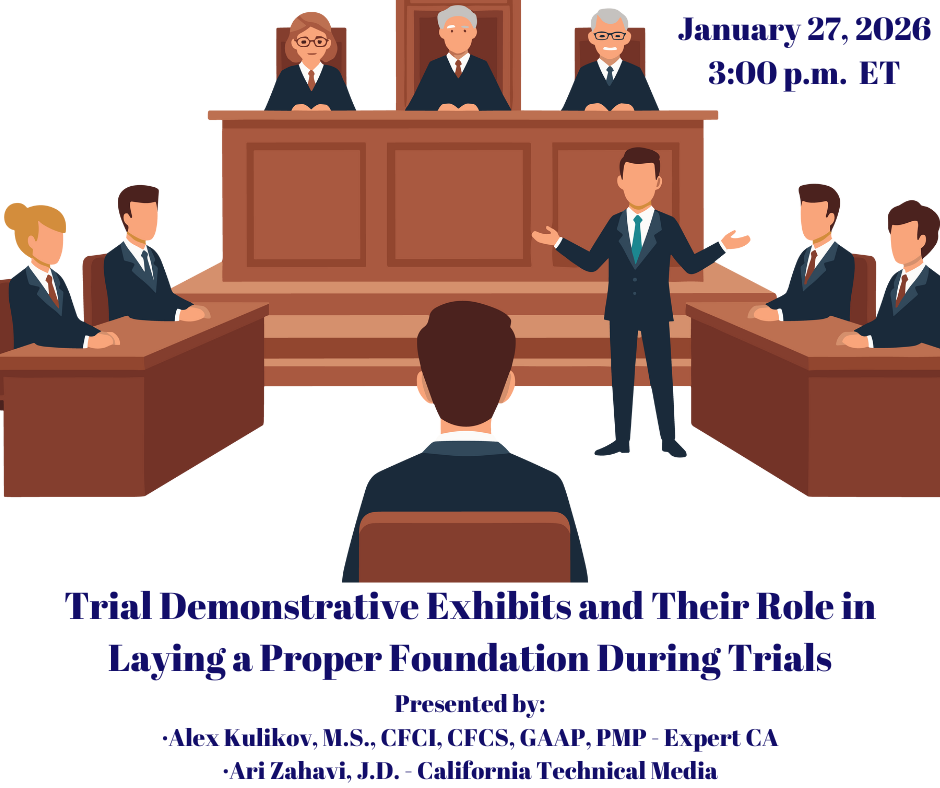
A litigator’s role is to shape how key decision-makers - judges, jurors, and opposing counsel ...
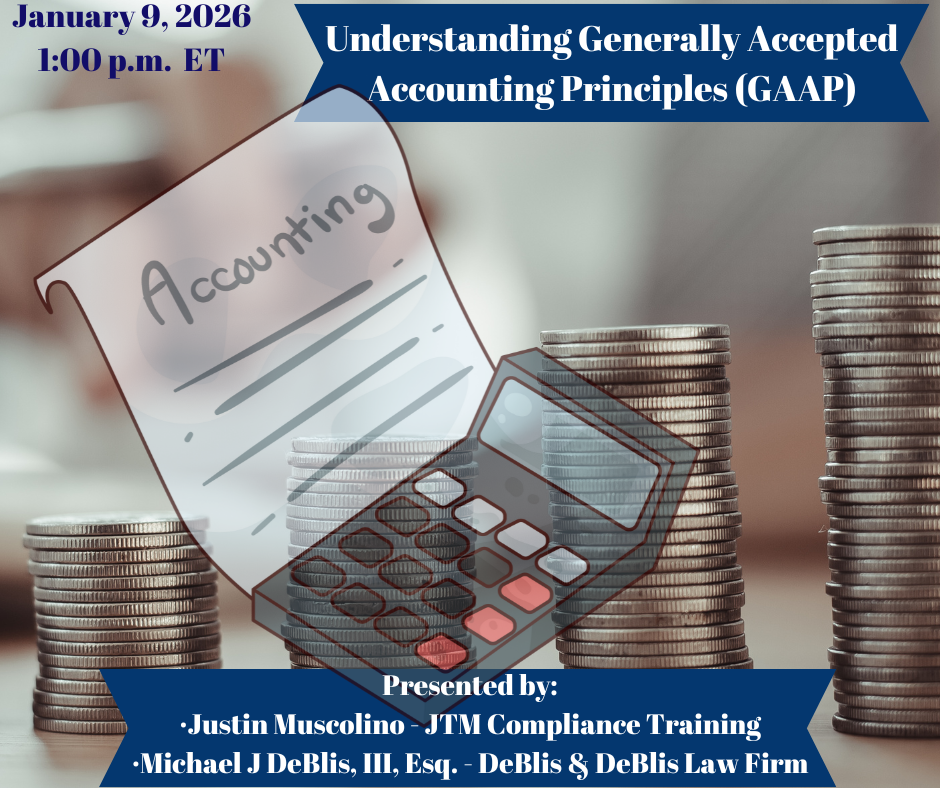
This attorney-focused training provides deeper insight into GAAP’s framework and its legal app...
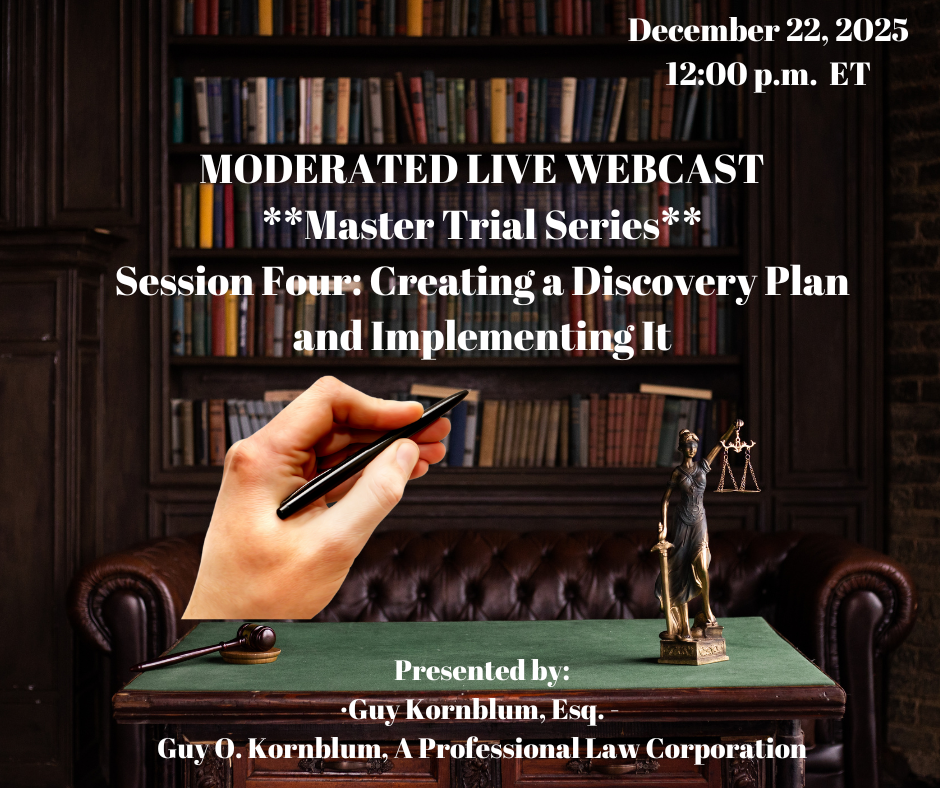
MODERATED-Session 4 of 10 - Mr. Kornblum, a highly experienced trial and litigation lawyer for over ...
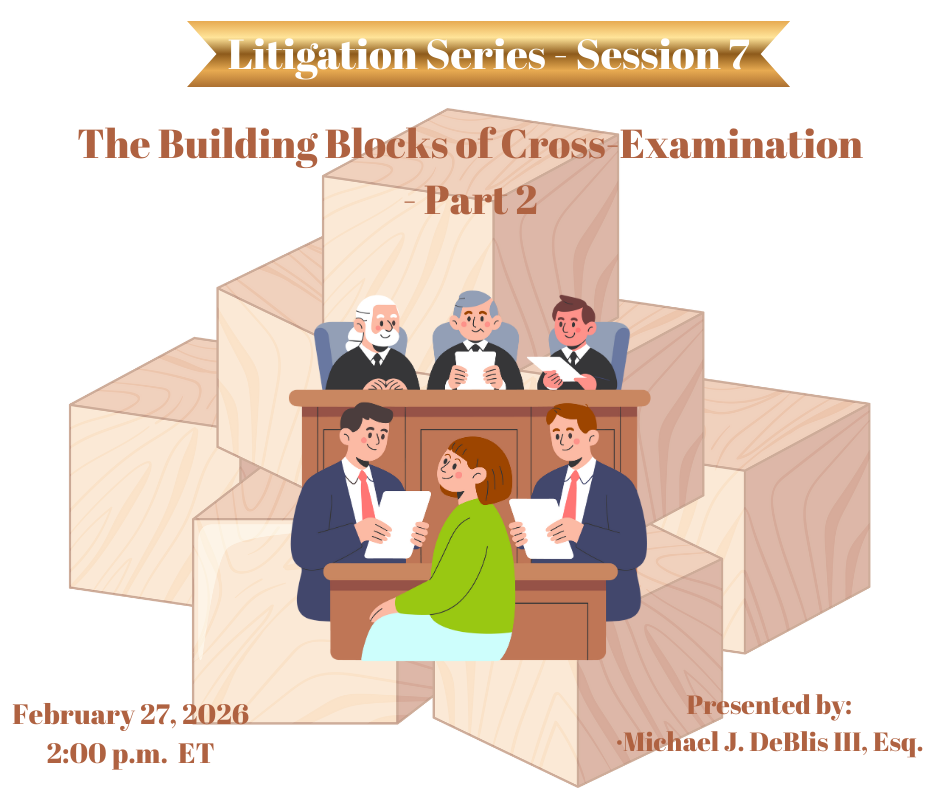
Part 2 dives deeper into advanced cross?examination techniques, teaching attorneys how to maintain c...

MODERATED-Attorneys may offer a crucial role in discussing advance (end of life) care planning optio...

This Continuing Legal Education presentation covers electronic discovery and the related ethical dut...

This Shakespeare?inspired program illustrates how Shakespearean technique can enrich courtroom advoc...
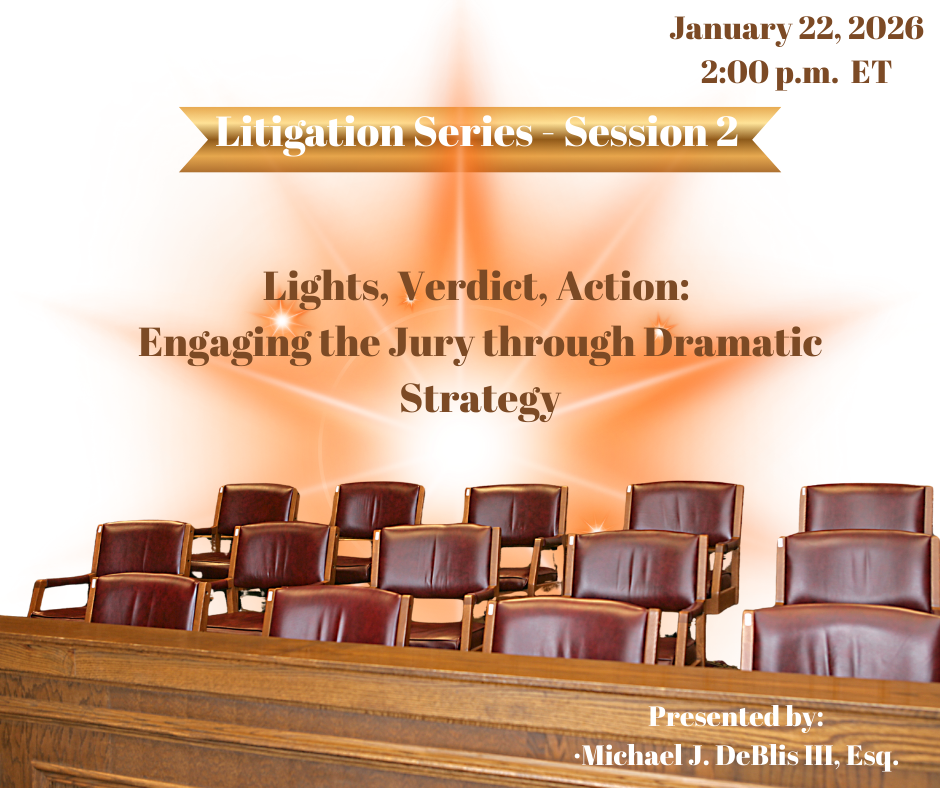
This comprehensive program synthesizes theatrical technique, psychology, communication theory, and t...

Cellphones represent one of the fastest-changing areas of legal practice. Mobile device evidence is ...
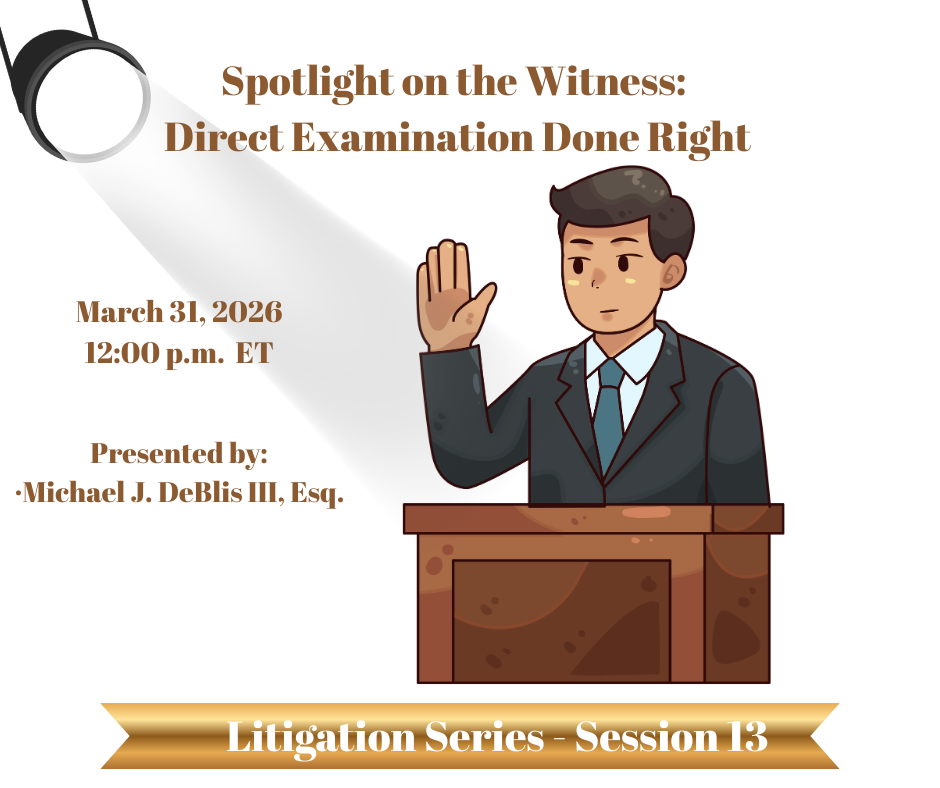
The direct examination presentation outlines how attorneys can elicit truthful, credible testimony w...